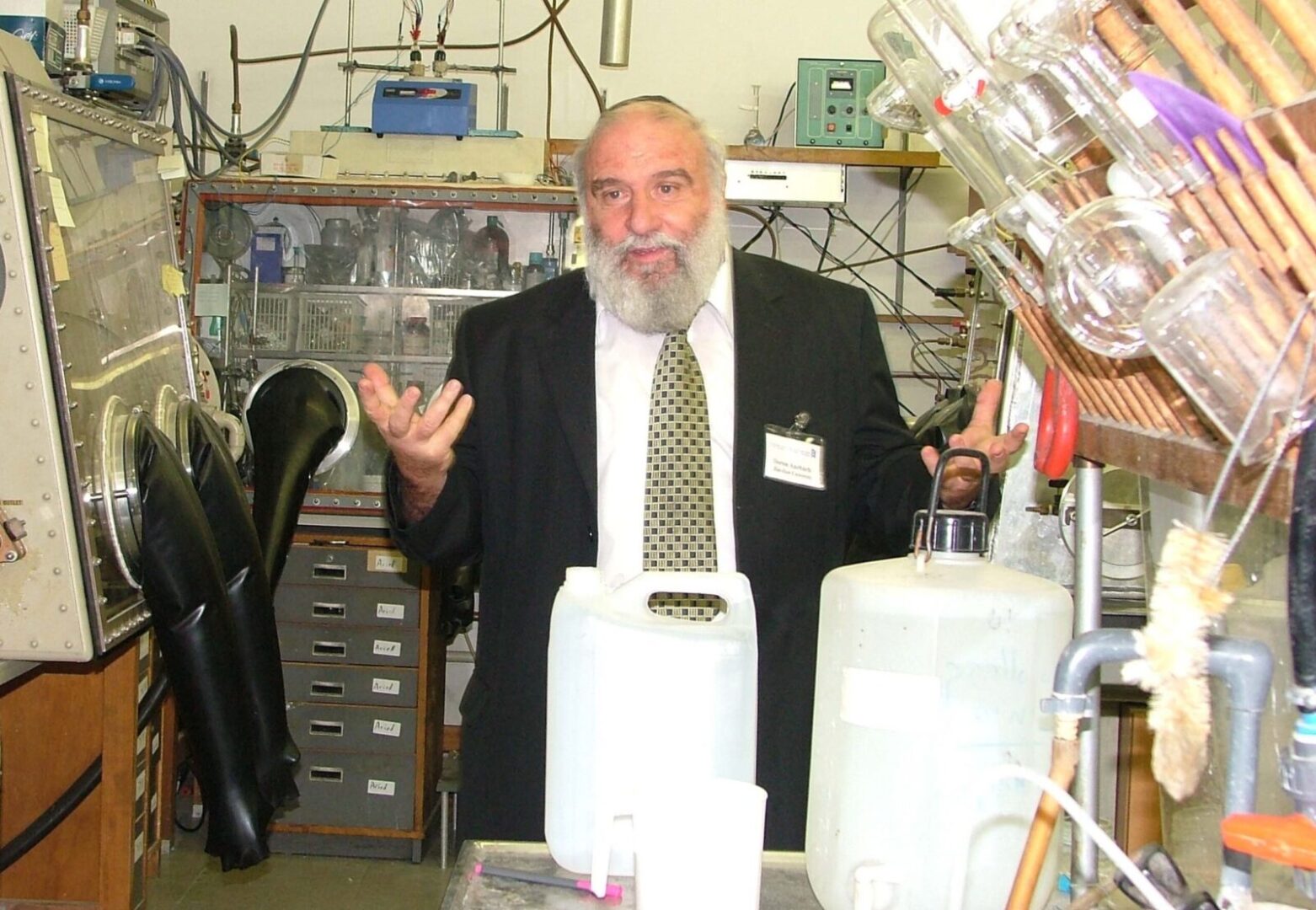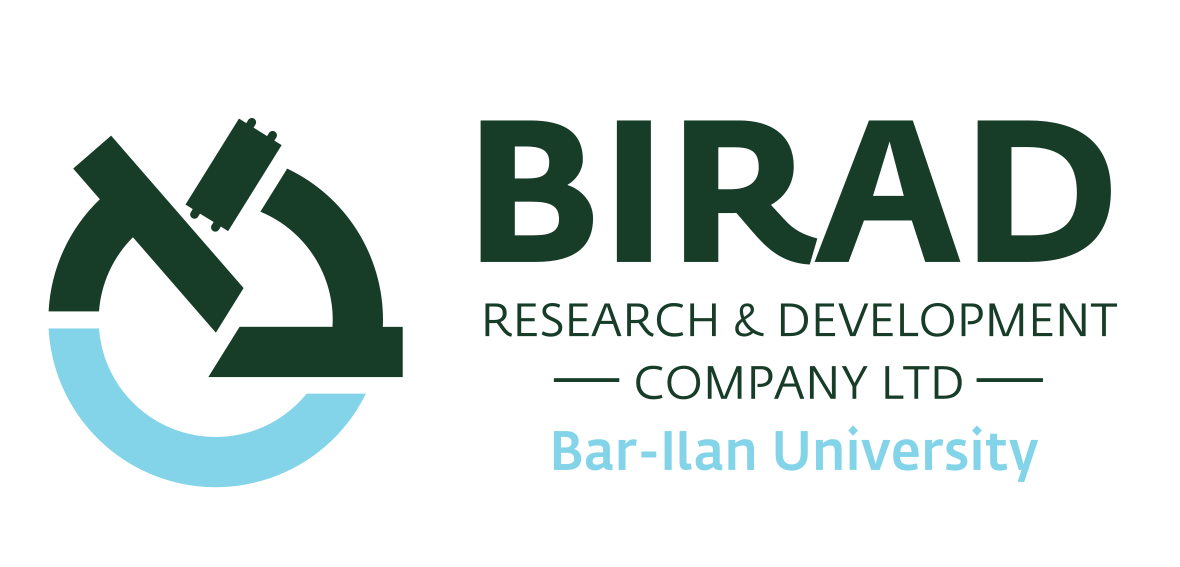searchers from Bar-Ilan University have developed new methodologies to produce powerful, environmentally-friendly disinfectants, based on tap water, that can eliminate bacteria and kill viruses, including microbes from the coronavirus family. The ability to turn ordinary tap water into virus-fighting materials was developed and patented by Dr. Eran Avraham, Dr. Izaak Cohen, and Prof. Doron Aurbach, who leads the electrochemistry group in the Department of Chemistry and Institute of Nanotechnology and Advanced Materials at Bar-Ilan University. The materials were recently tested by Dr. Inna Kalt and Dr.Tatiana Borodiansky Shteinberg in the lab of Prof. Ronit Sarid, of the Mina and Everard Goodman Faculty of Life Sciences at the University, and proven effective in neutralizing corona-type viruses.
This invention is patented. Patent registration in Israel and several countries around the world was handled by BIRAD Research and Development Company Ltd., which commercializes Bar-Ilan University inventions.
The disinfectants are effective and safe to use, and do not contaminate groundwater. The technology works through an array of nanometer-shaped electrodes with unique surface properties. The meeting between water and electrodes creates a cleaning material in a unique aquatic environment. The combination of these compounds gives rise to an effective antibacterial capability for microorganisms (bacteria, viruses and spores), while at the same time is safe for macro organisms (larger bodies such as skin cells).
The platform on which the technology is based enables the preparation of a variety of solutions for clean spaces from bacteria, such as spray-aerosols (for disinfecting surfaces, appliances, beds, closets, bathrooms, toilets, etc.), containers for immersion (washing devices, hands etc.), disinfectant wipes, hand washing, shoe washing, buckets for washing and disinfecting floors, air-conditioning systems, washing machines, and dry fog air-purifiers. The ability to produce electrodes in a variety of shapes and textures makes the technology suitable to almost any application – from a ‘cassette’ in an air conditioner, a container for washing fish and meat, to disinfection and removal of pesticides from vegetables and fruit, mobile spray, a device for manufacturing disposable antibacterial cloths and many other applications – even masks and gloves.
The antiseptic capability is 100 times more effective than bleach and therefore low concentrations of between 50 and 200 mg of the active materials per liter are enough to disinfect (unlike bleach, which by contrast requires between 5,000 and 20,000 mg per liter). They are also much more environmentally friendly and do not cause burns or dry skin. As such they may be effective in treating wounds, a possibility being investigated. They don’t cause corrosion, and most importantly, with the very low concentration of 50 mg they eliminate all kinds of viruses.
In electrode-free containers, the disinfectants can remain effective for two months and may be sold in recyclable bottles. For reusable bottled products, a fairly simple process can be applied to enable long-term use.
“We examined the ability of these materials to impair herpes simplex virus type 1 infection and human coronavirus OC43. Both viruses were completely eliminated when exposed to the disinfectants for different periods of time. The structural characteristics of OC43 are similar to those of recent SARS-CoV-2 suggesting that this virus will also be easily eliminated with this disinfectant,” said Prof. Sarid.


Recent Comments